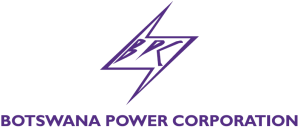Our Customer Base
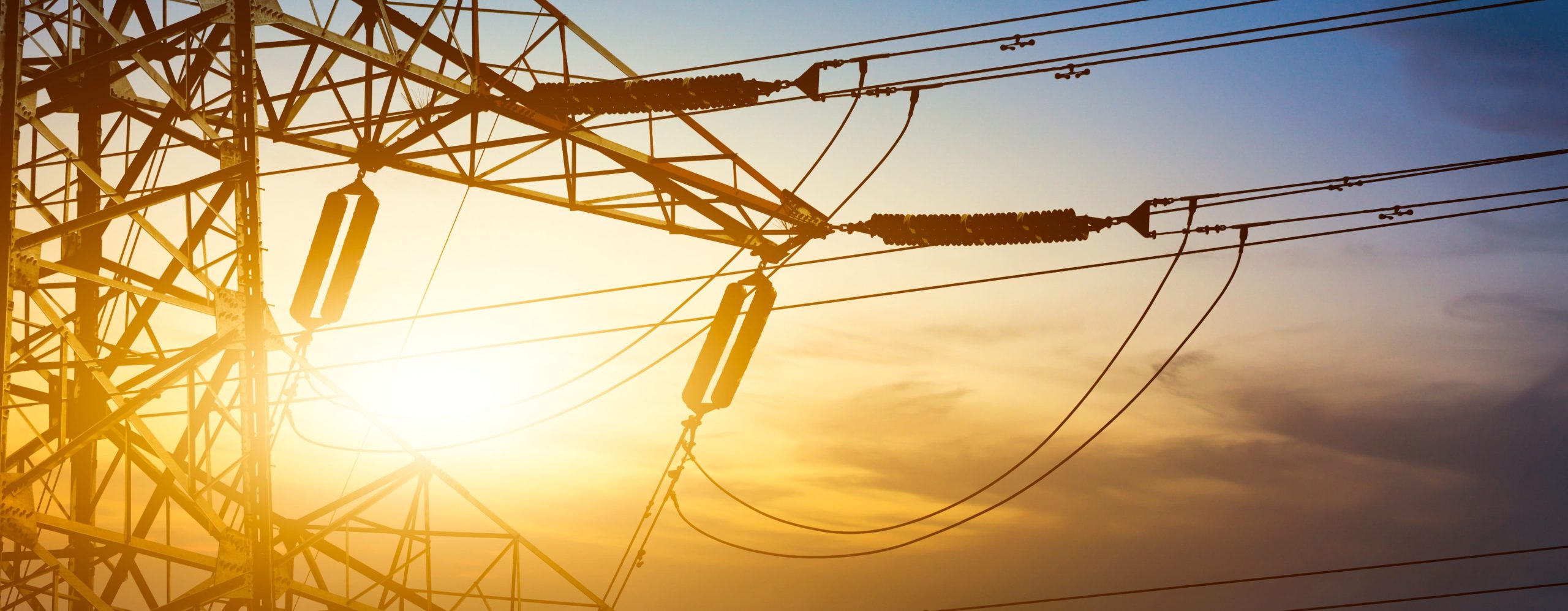
Botswana’s overall national electricity access rate currently stands at 76%, with urban areas achieving 100% electrification and 83% of villages connected to the grid. The government aims to achieve universal electricity access (100%) by 2030. To achieve this goal, the Government is implementing solar-based off-grid solutions in remote villages, with three pilot projects currently in progress.
BPC Customer base: The customer base is growing at approximately 6.2% per annum, driven by the Government-funded Village Electrification Programme. Domestic customers account for over 90% of the total customer base, reflecting the programme's focus on household electrification.
Customer Base Demographics
| Category | Customer No. | Share |
| Domestic | 571,116 | 93% |
| Commercial | 33,807 | 6% |
| Government | 6,811 | 1% |
| Mining | 16 | |
| Total | 611,750 | 100% |
BPC owns and operates two coal fired power stations namely Morupule A and Morupule B with installed capacities of 132MW and 600 MW respectively. In addition to the above stated power plants, BPC owns two diesel-based emergency generation facilities, Orapa Turbine Power Plant (90MW) and Matshelagabedi Diesel Power Plant (70MW).
Coal-fired Power Stations: BPC owns and operates two coal-fired power stations: Morupule A, with an installed capacity of 132 MW, and Morupule B, with a capacity of 600 MW.
Diesel Power Plants: Additionally, BPC owns and manages two diesel-based emergency generation facilities: the Orapa Turbine Power Plant (90 MW) and the Matshelagabedi Diesel Power Plant (70 MW).
Morupule A power station is reaching the end of its operational life span after being refurbished in 2016 to 2016 to address plant degradation and reduce pollution through the installation of a Flue Gas Desulphurization (FGD) system. Plans are underway to repurpose the site following the plant’s decommissioning in 2028. One of the proposed options for repurposing the site is the development of a solar PV plant, leveraging its existing infrastructure for renewable energy generation.
Morupule B power station was commissioned in 2012/13 with construction and equipment defects rendering the plant not fit for purpose. To address the reliability, availability, and maintainability (RAM) of the power plant, a comprehensive Gap Analysis was undertaken in 2014 which informed measures to remedy the defects. In line with the Gap Analysis measures, the Corporation embarked on a defects remediation project (Morupule B Remedial Works) in 2019 to improve plant performance. Works have since been completed on the first unit and in progress on the second unit. The project is scheduled for completion in 2027.
Emergency Diesel Generation facilities are dispatched when conventional generation capacity and imports are inadequate to meet demand. The Orapa 90MW Turbine Power Plant is a dual fuel plant which can operate on both or either liquid fuel (diesel) and gas. The Orapa facility is currently operated on diesel as no gas is available in the country to support power generation.
Shakawe Solar Plant (1 MW): Launched in September 2024, the plant aims to reduce dependency on imported electricity and enhance renewable energy capacity. It is expected to generate 8,000 MWh annually, supporting local economic growth and fostering sustainability in the region.
Bobonong Solar Plant (3 MW): Commissioned in October 2023, the existence of this plant aligns with the Botswana’s National Energy Policy to diversify energy sources and reduce greenhouse gas emissions. The plant plays a crucial role in advancing the country's renewable energy goals under Vision 2036.
Phakalane Solar Plant (1.3 MW): Operational since 2012, the Solar plant serves as an early demonstration of Botswana's commitment to renewable energy and combating climate change.
Mmadinare Solar Plant (100 MW): The plant is a large-scale project developed under the Independent Power Purchase (IPP) arrangement. The plant is constructed in a phased approach, with 50MW commissioned in March 2025 and the second phase of 50MW scheduled for completion in early 2026. Once fully operational, the 100 MW facility will supply clean energy to thousands of households and businesses annually, simultaneously reducing carbon emissions. This project marks a significant milestone in Botswana's efforts to achieve its Vision 2036 target of 50% renewable energy generation and supports the country's transition toward energy self-sufficiency and sustainability.
Botswana’s national electricity grid comprises of 1,246 kilometers of 400kV transmission lines, 2,200 kilometers of 220kV lines and 2,162 kilometers of 132kV lines. It further includes a total of 54 substations that facilitate bulk electricity supply to various customer categories. Distribution is provided at voltages of 33kV and 11kV, with sub-transmission operating at 66kV.
Botswana’s Power Grid
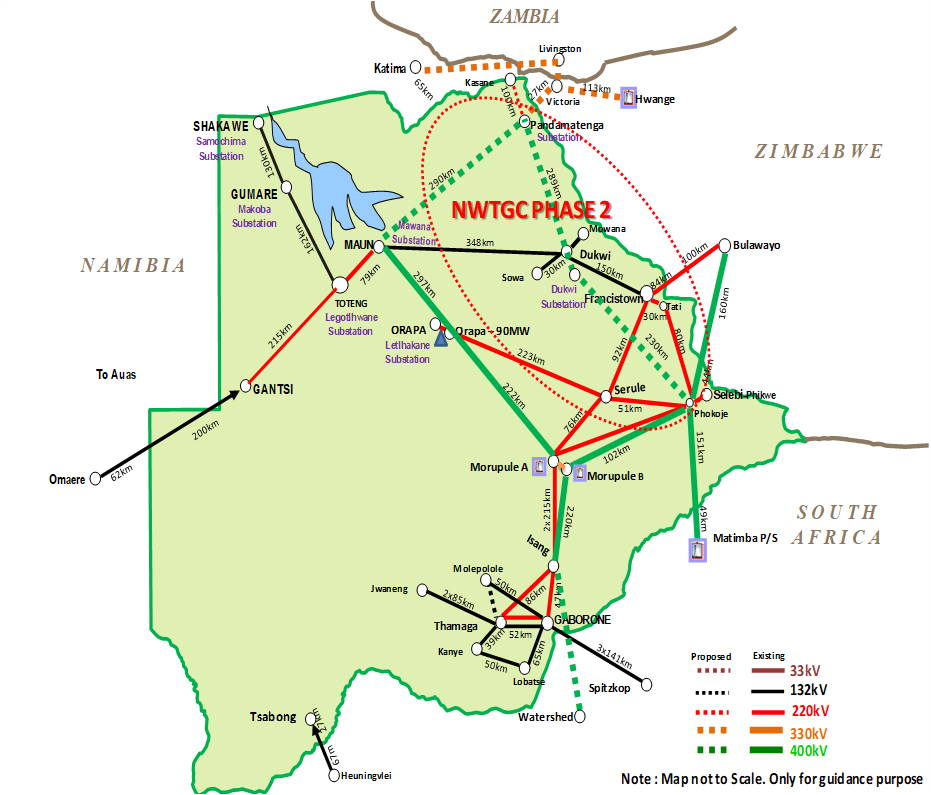
Botswana's power distribution network is extensive, covering all urban areas and 83% of the gazetted villages. The distribution network continues to expand annually as new customers are connected.
Solar-based off-grid systems: The government aims to achieve universal electricity access by 2030. To achieve this goal cost-effectively, solar-based off-grid solutions will be implemented in remote villages far from the existing distribution network, thereby reducing the capital outlay of grid connections for such villages.
Network extensions: The Government of Botswana finances the connection of new villages to the power grid and funds network extensions in already electrified villages that have outgrown coverage of the existing network.
Customer Service Centres: BPC provides customer electricity services through twenty-eight (28) service centers that are strategically located across the country.
distribution of the BPC Customer Service Centers
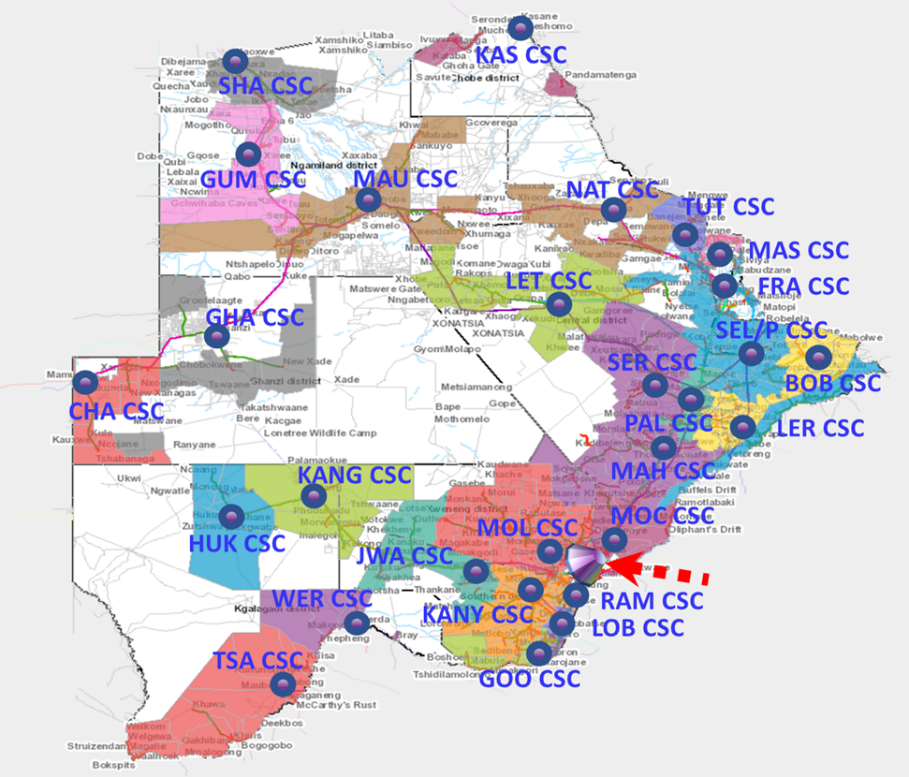
Botswana’s first Integrated Resource Plan (IRP) was introduced in October 2020 and later revised in July 2022 to expedite the implementation of approved renewable energy projects.
Solar PV contribution: The government has set a new target to achieve a 50% contribution from solar PV generation by 2030. To support this goal, the procurement of 1.5 GW of solar PV capacity is expected to commence under the Ministry's guidance.
Independent Power Producer (IPP) investments: All projects outlined in the Integrated Resource Plan (IRP) will be executed through private sector financing as Independent Power Producer (IPP) investments. BPC has already signed a total of fifteen (15) Power Purchase Agreements (PPAs), including the development of 2 x 300 MW coal-fired power plants (Jindal), 2 x 50 MW utility-scale solar PV plants (Mmadinare), 1 x 100 MW solar PV plant (Jwaneng), and ten small-scale grid-tied solar PV plants with a combined capacity of 30 MW.
Similar to most countries, Botswana is in the midst of an energy transition. Botswana's contribution to global carbon dioxide emissions is approximately 0.02%, with a per capita emission level of 2.27 tons, which is below the global average of 4.47 tons.
Solar energy in Botswana: Botswana receives over 3,200 hours of sunshine annually, with an average insolation of 21 megajoules per square meter on a flat surface. This level of solar radiation is among the highest globally, positioning Botswana as a potential prime location for solar energy generation.
the World Solar Radiation Map.
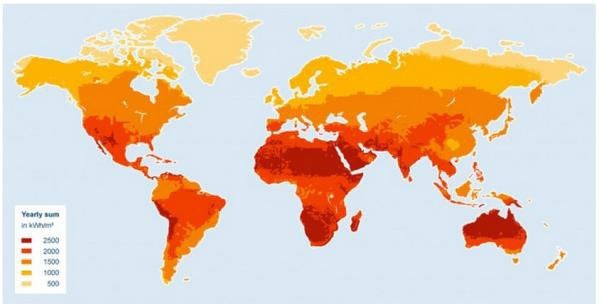
Rooftop Solar System: In 2020, the Government of Botswana launched the Rooftop Solar (RTS) Program to enable electricity consumers to generate power for their own use and sell any excess to BPC. The RTS guidelines were updated in 2024 with the following capacity limits:
- Domestic Customers: Systems up to 35kW (13.8kW for single-phase connections and 35kW for three-phase connections).
- Commercial and Industrial (C&I) Customers: Systems up to 1MW, with capacity limited to 110% of the customer's annual electricity consumption.
- Countrywide Capacity Limit: A total of 50MW, with 10MW (20%) reserved for domestic customers and 40MW (80%) allocated to C&I customers. These limits are subject to periodic review by the Government.
The Government has indicated that they are aiming to develop up to 8,000MW of power generation facilities. The first wave of this being 1.5 GW of solar PV generation with the aim to position Botswana as a net exported of electricity.
Given its significant solar potential and the growing regional demand for renewable energy, Botswana is well-positioned to become a key exporter of clean energy within Southern Africa.
Login into your account
With new BPC customer portal, you can pay and analyze your bills online, view your energy use and sign up for paperless billing.
